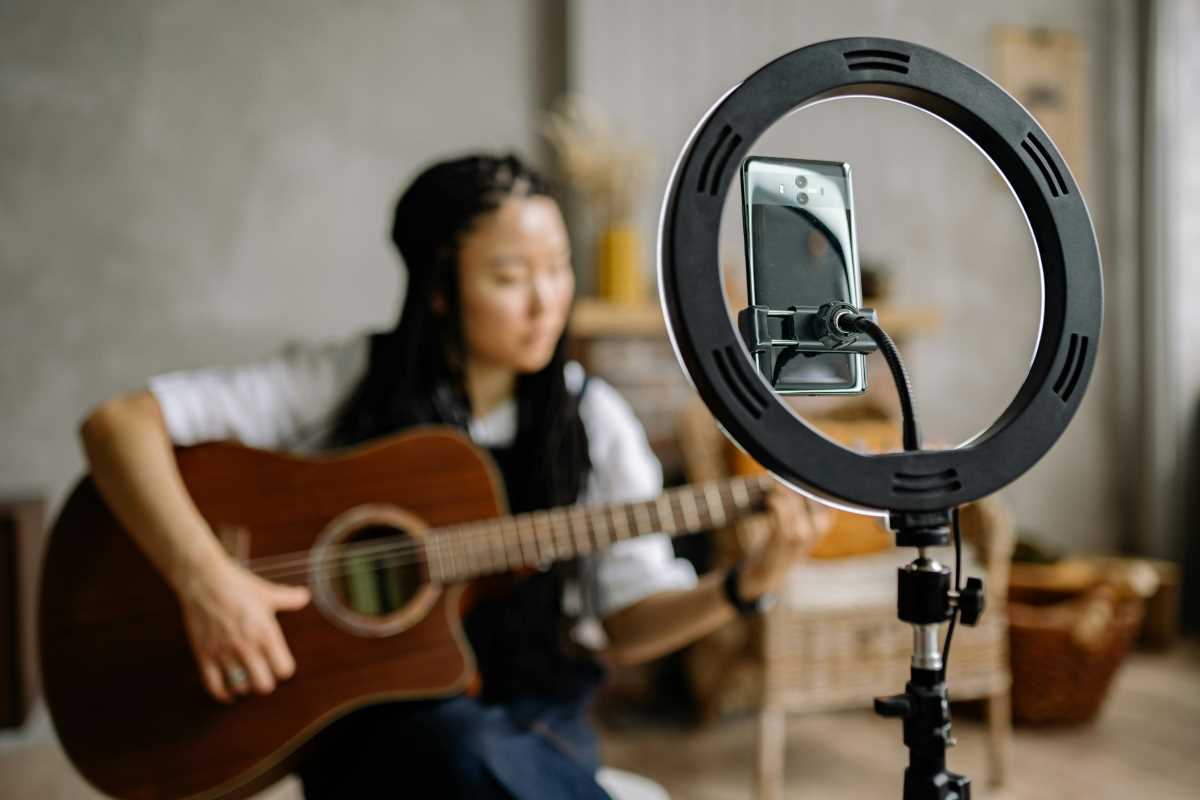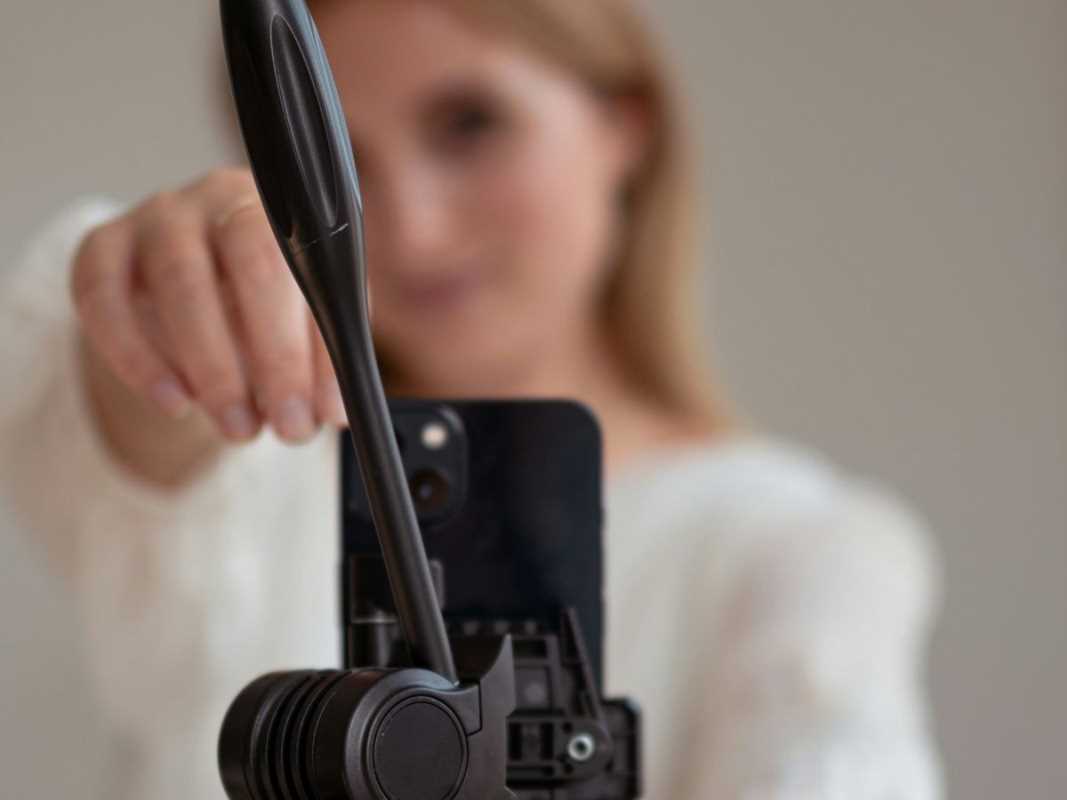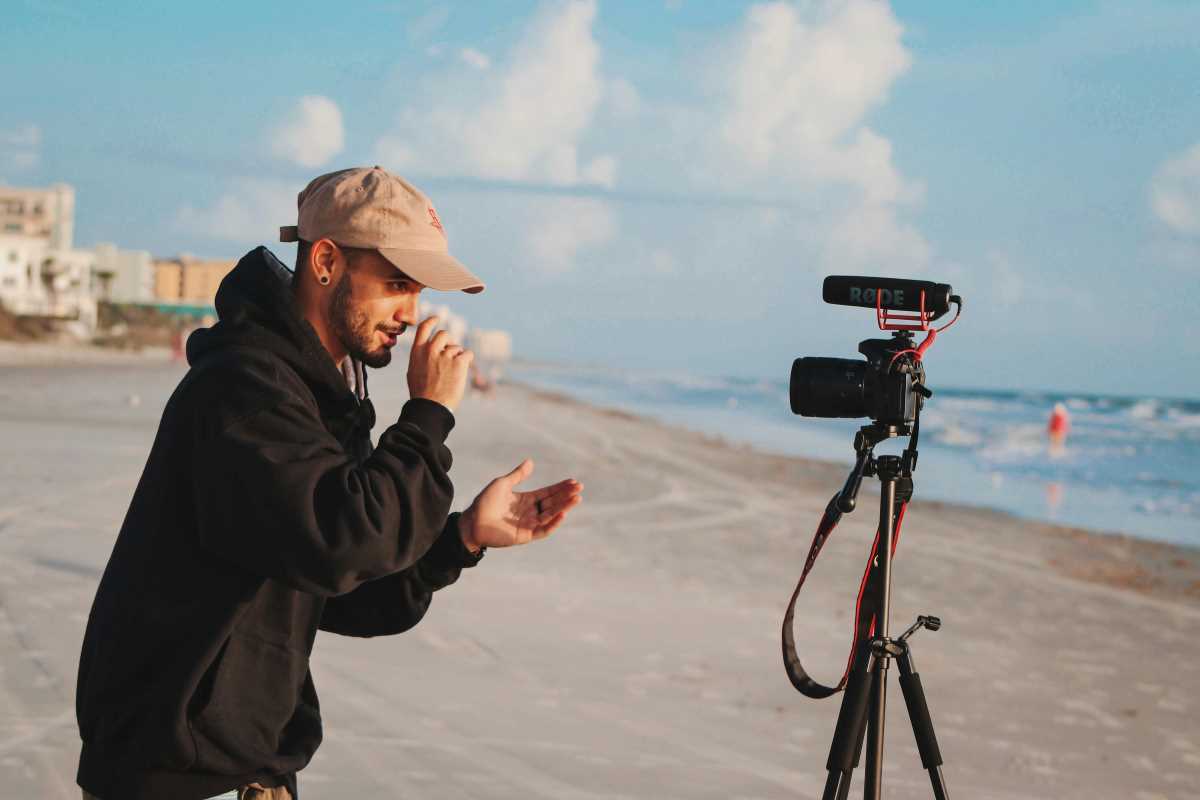Stage lighting is an ephemeral art form. Its impact is immediate and profound, yet it exists only for a moment in a live performance. For a lighting artist, the challenge is to translate this dynamic, three-dimensional experience into a two-dimensional digital format that effectively communicates their skill and artistic vision. A well-crafted online presence is not merely a gallery; it is a critical business tool for attracting collaborators, securing commissions, and building a professional reputation.
This guide provides a structured approach for stage lighting artists to showcase their work online. We will examine the essential components of a professional portfolio, strategies for leveraging social media, and the importance of high-quality visual documentation. By studying real-world examples and adopting best practices, you can create a digital presence that accurately represents the quality and sophistication of your craft.
Building a Professional Online Portfolio
Your online portfolio is the cornerstone of your professional brand. It must be more than a simple collection of images; it should be a curated exhibition of your best work, providing context and demonstrating your artistic range.
Essential Components of a Portfolio
A strong portfolio should include high-quality visuals, detailed project descriptions, and clear navigation. The goal is to provide directors and producers with a comprehensive understanding of your capabilities.
- High-Quality Photography: This is non-negotiable. Invest in a professional photographer who specializes in live event or theatrical photography. Your images must capture the color, texture, and mood of your lighting without distortion. Avoid grainy, poorly composed, or blurry photos, as they detract from the perceived quality of your work.
- Detailed Project Descriptions: For each project, provide essential context. Include the title of the production, the theater or venue, the director, and other key members of the creative team. Write a brief artist statement explaining your concept, the challenges you faced, and the solutions you implemented. This narrative transforms a picture into a case study of your problem-solving abilities.
- Video Documentation: Whenever possible, include short video clips. Video can capture the dynamic shifts and cueing sequences that still photography cannot. A well-edited sizzle reel or clips of key moments can demonstrate your ability to create rhythm and pacing with light.
- Technical Documents: Consider including select examples of your technical paperwork, such as light plots, magic sheets, or cue lists. This demonstrates your technical proficiency and meticulous planning process to industry professionals who understand these documents' importance.
Examples of Excellence
Studying the portfolios of established professionals offers valuable insight.
- Ian Claar's Lighting Design Portfolio: Claar's website is a model of clarity and professionalism. The portfolio is organized by production, with each project featuring a gallery of stunning, high-resolution images. Crucially, each gallery includes full credits for the creative team, demonstrating a collaborative spirit and professional courtesy. The site's clean, minimalist design ensures that the focus remains entirely on the artistry of the lighting.
- Matt Kizer's Scenic and Lighting Portfolio: This portfolio effectively showcases a wide range of work, from theatrical productions to virtual labs. Kizer uses a grid-based layout that allows visitors to quickly scan numerous projects. Clicking on a project reveals more detailed information and visuals. This structure is highly effective for a designer with an extensive and diverse body of work, as it balances breadth with depth.
Using Social Media to Expand Your Reach
Social media platforms, particularly visually-driven ones like Instagram, are powerful tools for networking and showcasing your work to a broader audience.
Content Strategy for Lighting Artists
Your social media content should complement your formal portfolio, offering a more immediate and behind-the-scenes look at your process.
- Showcase the Process: Share photos of your setup, tech rehearsals, or even your design renderings. This content provides context and engages followers in your creative journey.
- Use High-Quality Video: Post short video clips that highlight specific lighting states or transitions. Instagram Reels and TikTok are ideal formats for this type of content, as they are designed for short, impactful visual storytelling.
- Tag Collaborators: Always tag the venue, production company, director, fellow designers, and performers in your posts. This expands the reach of your content to their networks and acknowledges the collaborative nature of theatre.
- Engage with the Community: Follow other designers, directors, and theatrical organizations. Engage with their content thoughtfully. Building a network online is about fostering professional relationships, not just broadcasting your own work.
Presenting Concepts and Attracting Clients
Your online presence should be strategically designed to attract potential clients and collaborators. This means presenting your work in a way that is both artistically compelling and professionally persuasive.
Articulating Your Vision
Use your portfolio and social media to communicate your artistic identity. Are you known for bold, saturated color palettes or for subtle, naturalistic lighting? Curate your showcased projects to reflect the type of work you want to attract. Your artist statement and project descriptions should use precise language to articulate your design philosophy and conceptual approach.
Collaboration and Networking
A strong online presence facilitates collaboration. Directors and producers often browse portfolios when seeking designers for upcoming projects. Ensure your contact information is easily accessible. A professional email address and links to your social media profiles should be prominently displayed on your portfolio website. Respond to inquiries promptly and professionally.
Your ability to document and present your work online is as important as the work itself. By building a professional portfolio, leveraging social media strategically, and presenting your work with clarity and context, you can effectively translate the ephemeral magic of stage lighting into a lasting digital asset. This approach will open doors to new opportunities and collaborations.
 (Image via
(Image via





